
The Second Coming
Turning and turning in the widening gyre
The falcon cannot hear the falconer;
Things fall apart; the centre cannot hold;
Mere anarchy is loosed upon the world,
The blood-dimmed tide is loosed, and everywhere
The ceremony of innocence is drowned;
The best lack all conviction, while the worst
Are full of passionate intensity.
Surely some revelation is at hand;
Surely the Second Coming is at hand.
The Second Coming! Hardly are those words out
When a vast image out of Spiritus Mundi
Troubles my sight: somewhere in the sands of the desert
A shape with lion body and the head of a man,
A gaze blank and pitiless as the sun,
Is moving its slow thighs, while all about it
Reel shadows of the indignant desert birds.
The darkness drops again; but now I know
That twenty centuries of stony sleep
Were vexed to nightmare by a rocking cradle,
And what rough beast, its hour come round at last,
Slouches toward Bethlehem to be born?
Yeats' poetry went through a period of stylistic simplification at the midpoint of his life. The prominent Irish poet Seamus Heaney commended Yeats for continually altering and refining his poetic craftsmanship. "He reminds you that revision and slog-work are what you have to undergo if you seek the satisfaction of the finish; he bothers you with the suggestion that if you have managed to do one kind of poem your own way, you should cast off that way and face into another area of your experience until you have learned a new voice to say that area properly."
* click on Yeats' name under the poem for more information about the poem.
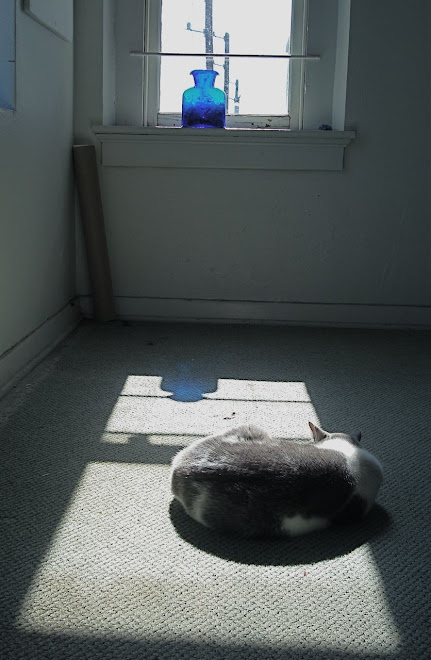
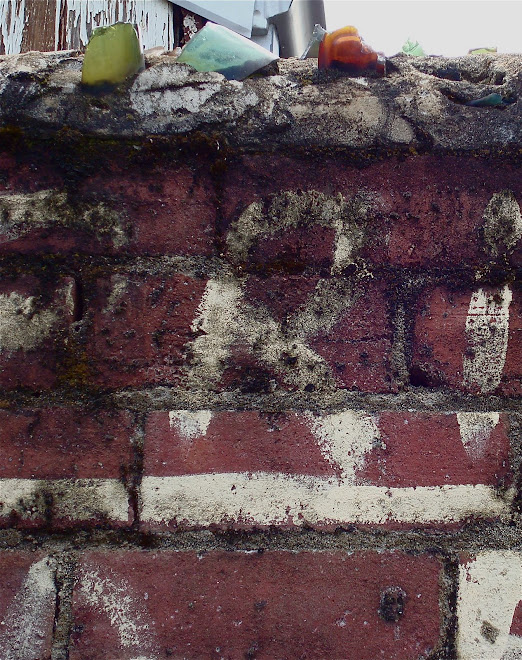
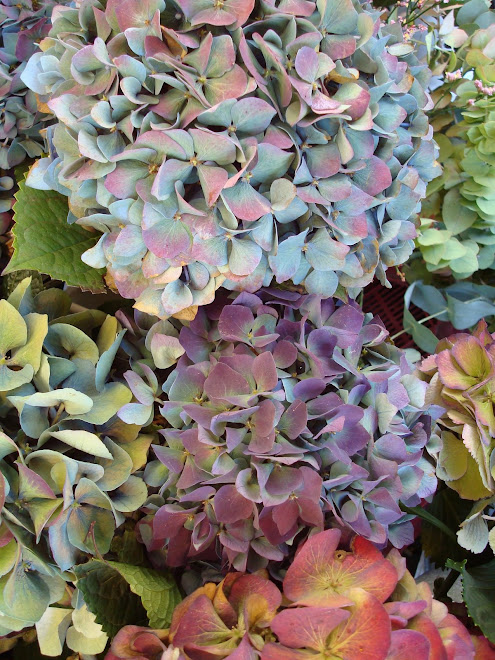
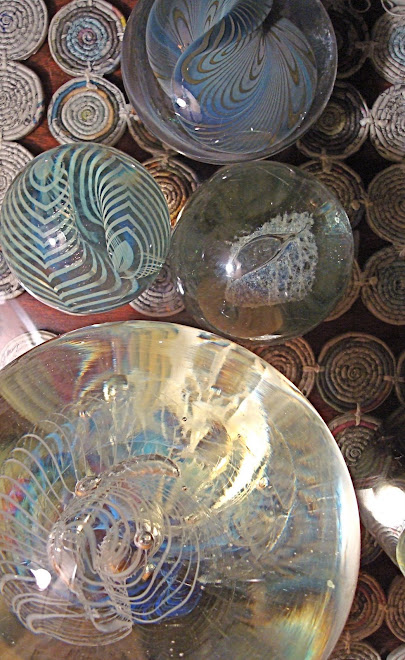
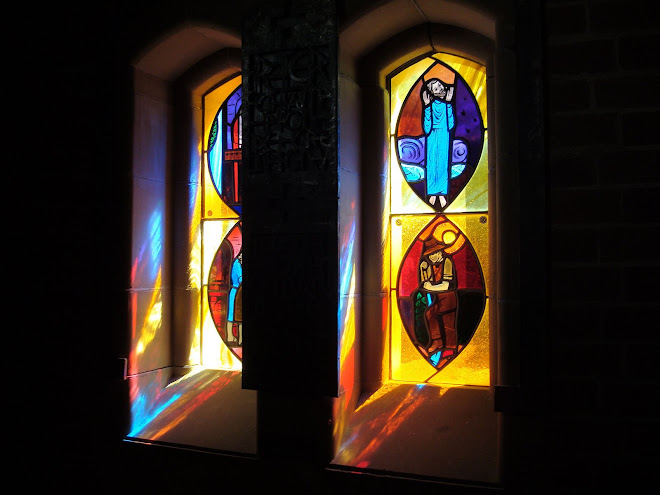







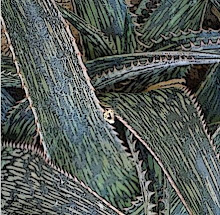
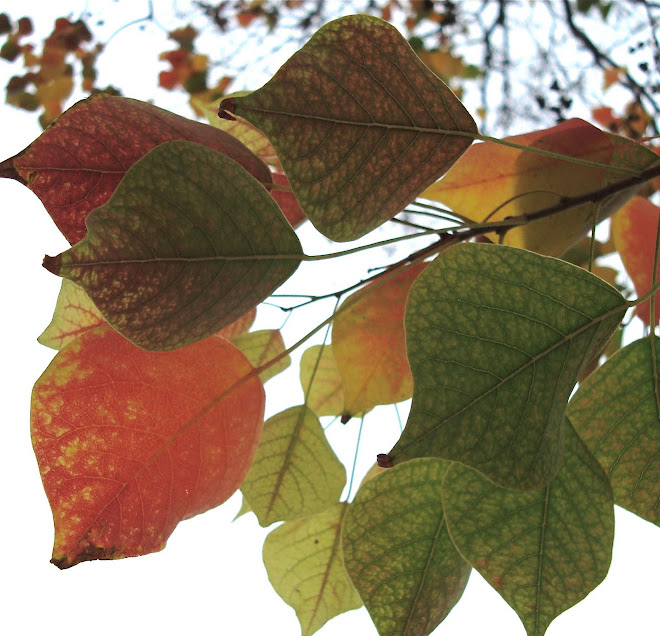
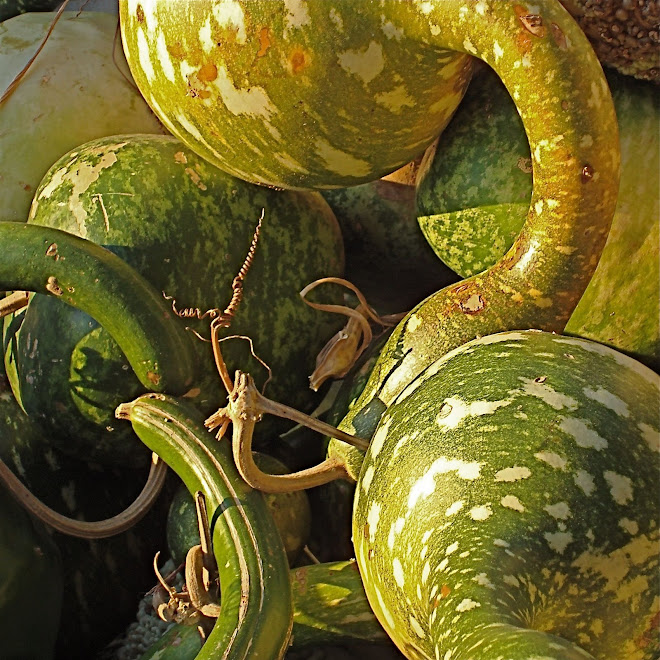
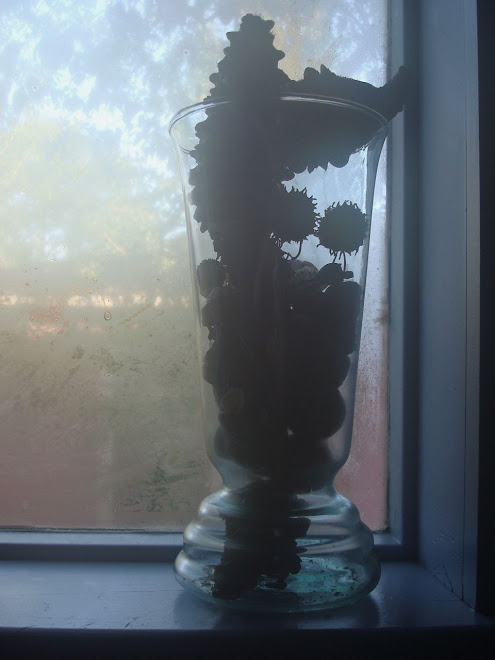
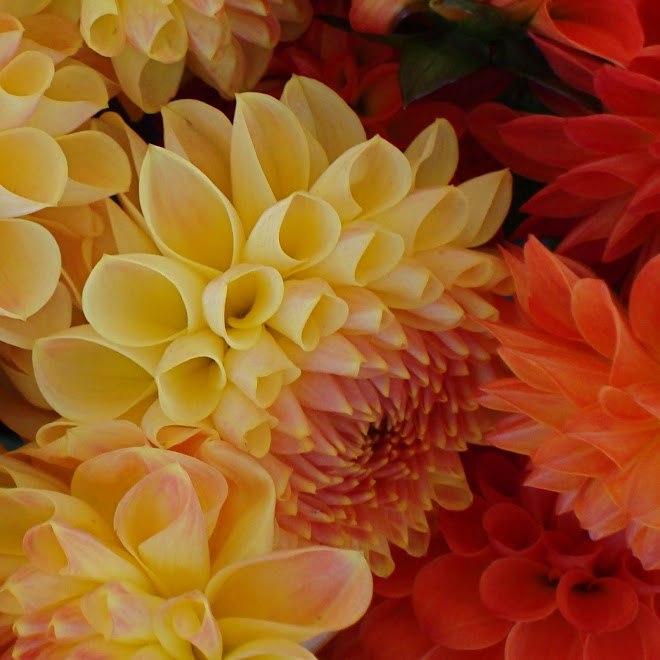
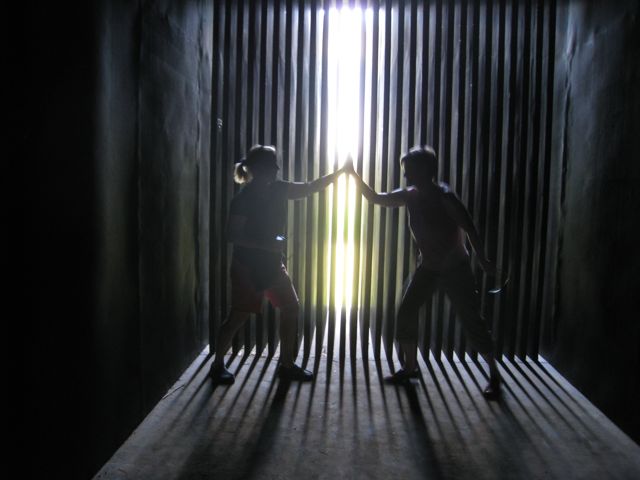
5 comments:
Oh my, oh my . . . this is powerful. And what a perfect piece of poetry you have put with it. Things are falling apart: you can see it. The red circle is riveting, especially against its complement, but the center will not hold if everything falls apart around it. And the loosened boards have the look of a wing. A cruciform composition is so appropriate for the second coming. I would put this on my wall AS IS!
Bravo!
One of my favorite poems ever. . . along with its namesakes, the Joan Didion book and the Joni Mitchell song. And that is a wonderful, intriguing photograph. Where is it?
Wishing you a very happy Christmas.
On Saturday we went to Victoria, Texas to a family get together. On the way home we stopped at a small rural burial ground and walked respectfully among the grave stones while the sun went down. The photo I took is of a piece of fencing right outside that cemetery.
Bravo! I went to Ireland in August and bought a collection of Yeats, very nice to renew my acquaintance with him. (My undergrad English major courses were awhile ago.) The photo is an excellent complement to the poem, again--bravo!
Love the photo, but then also love how you cropped it in the next entry.
Post a Comment